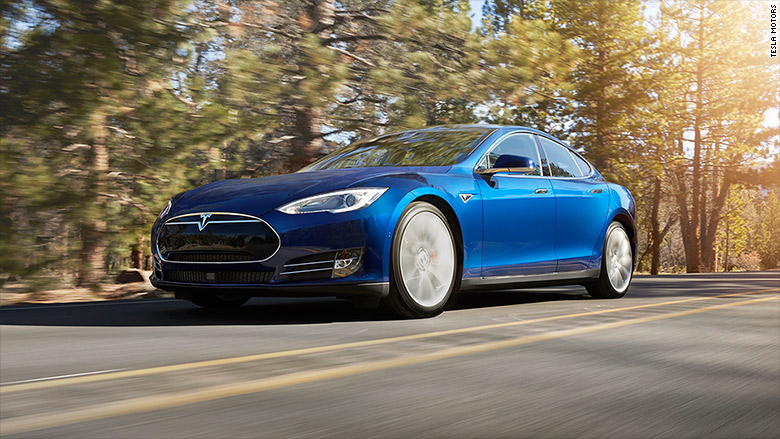Autonomous Cars better than humans
 |
| The Tesla Model S autonomous car drives better than humans |
Letting your Tesla drive you to work is not perfect, but it’s a lot more reliable than the guy in the car in front of you who’s updating his Facebook status and veering in-and-out of his lane.
After reading all of the hype about autonomous vehicle technology to come out of CES, the Detroit Auto Show, and even from the World Economic Forum in Davos, and having spent the last three months beta testing my Tesla’s autopilot feature on the morning commute through metropolitan New York and New Jersey, the above statement is most accurate summary I can offer about what the future of autonomous vehicle technology has in store for us.
Autonomous driving is simultaneously amazing and pretty frustrating. It’s amazing because, well, the car drives for you. The hype is true. The autopilot technology in the Tesla Model S, which was just voted the best of the new crop of semi-autonomous vehicles by Car and Driver magazine, is spectacular.
The videos where people gasp in amazement as the car turns around a corner; the rhapsody from former Cannonball Run record holder Alex Roy who recently drove a Model S cross-country on autopilot. They are all true. To illustrate this point in real-world terms, my 9-year-old still demands that we use autopilot every time he gets in the car. Why? Because it’s just so cool.
But it’s also pretty frustrating. The biggest source of angst comes, not from any technology, but from the other people on the road whose non-computer-assisted imperfections are all the more visible when you are being chauffeured by a supercomputer. Take my example of the guy who keeps peering down at his phone and zig-zagging down the road. That guy is everywhere.
In a normal car, you definitely encounter people driving erratically, but in a Tesla driving in autopilot mode, it’s as if you are plotting every other driver’s imperfections on a radar grid. That’s because the Tesla’s Autosteer program shows you a virtual display of your car and the car in front of you in a screen on the gauge cluster. The movements of both cars are plotted between two bright blue lane marker lines so you can keep tabs on whether you are getting too close to the edge of the lane or whether the car’s cameras are still seeing the lines. Although the little in-dash video game appears to be designed for the driver’s monitoring of the autonomous driving system, you just can’t help but notice how steady your car is, especially compared to how insanely everyone in front of you is driving.
In a typical highway driving scenario, even in and around New York City with its endless construction, tight lanes and mega-merges, the Tesla keeps itself dead center between the lanes pretty much all of the time. The other cars? They are all over the place. Watching the little screen is like watching an expert gamer play Assetto Corsa while everyone else on the road is playing Pong.
The other frustrating thing about autopilot is how quickly you become spoiled by the technology. For all of its amazing features – the ability to change lanes and overtake the vehicle in front of you by simply engaging the blinker, the ability to stop and start seamlessly with the flow of traffic, the fact that the car will fetch itself from the garage – there are some very basic limitations that make you question the car’s genius. More by Joe Harpaz/Forbes.com
